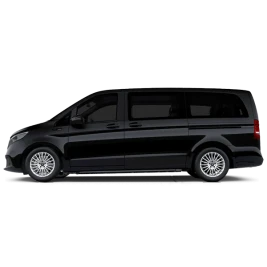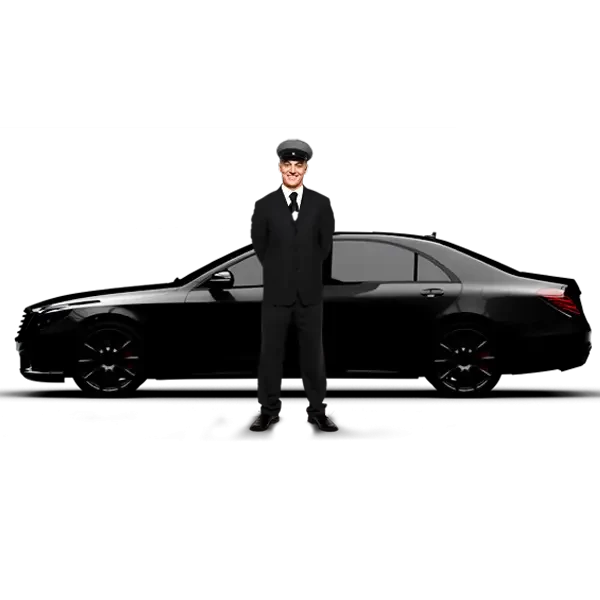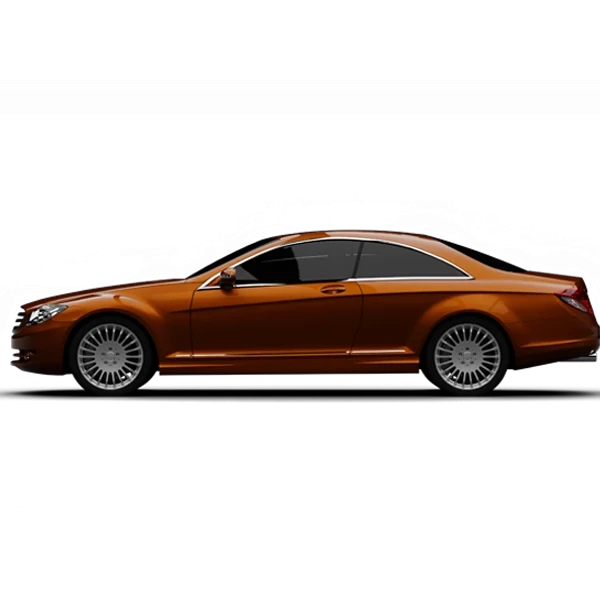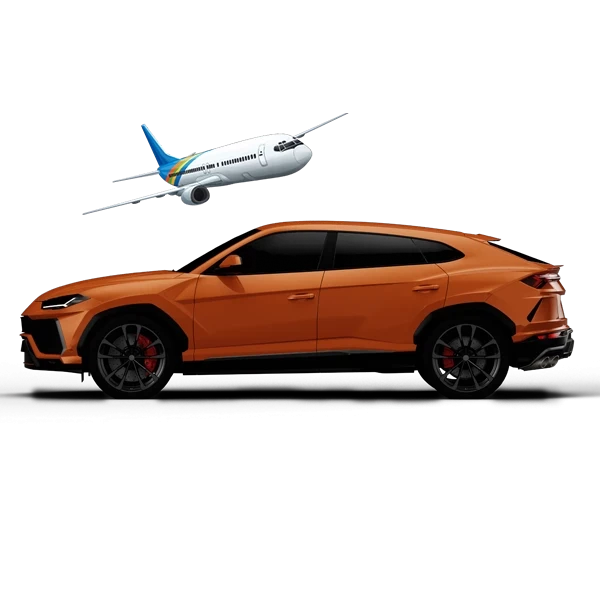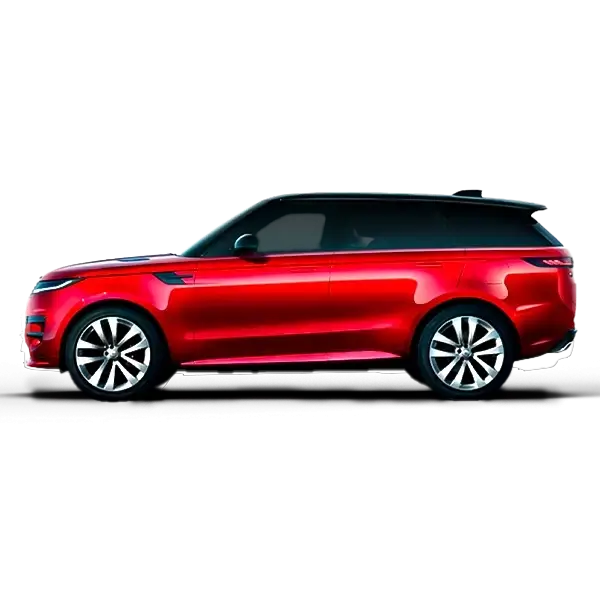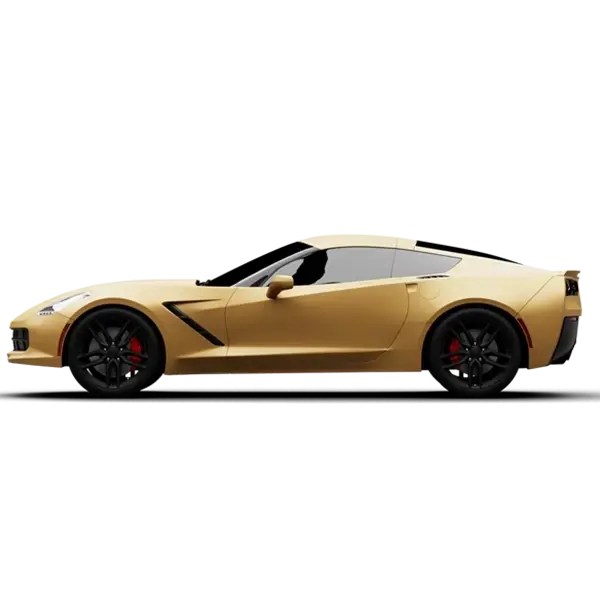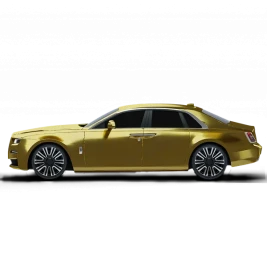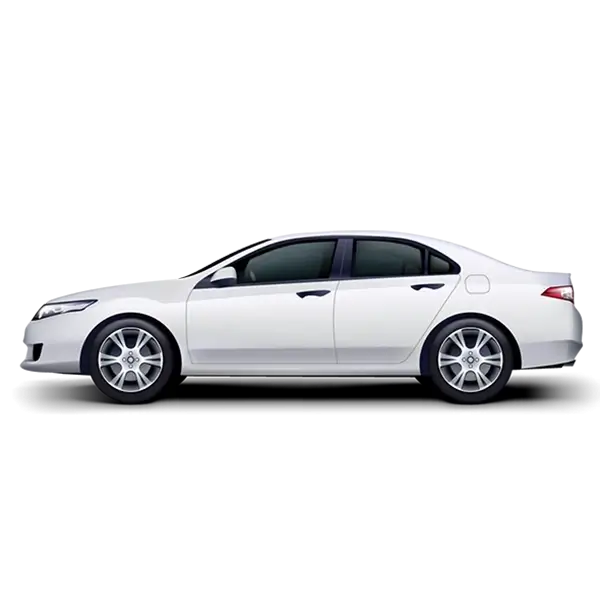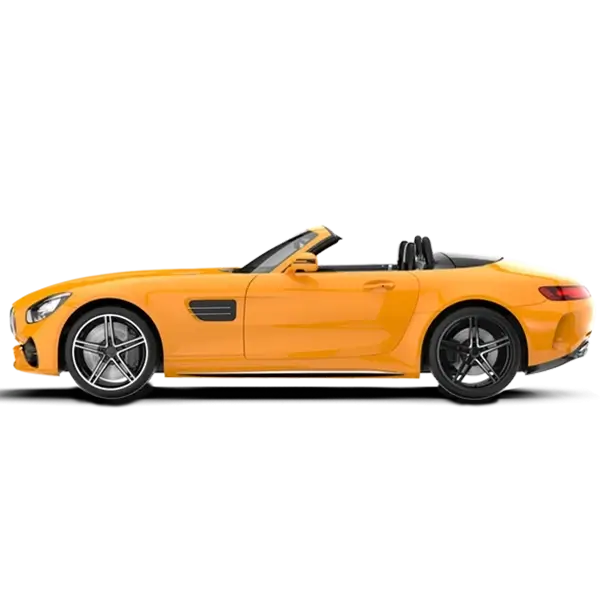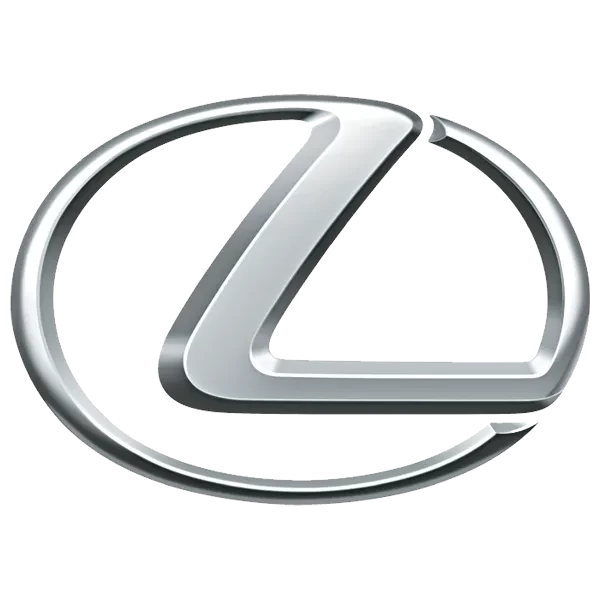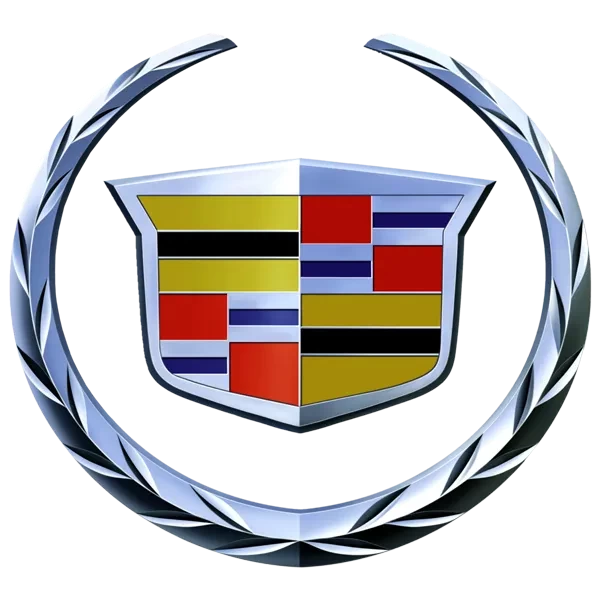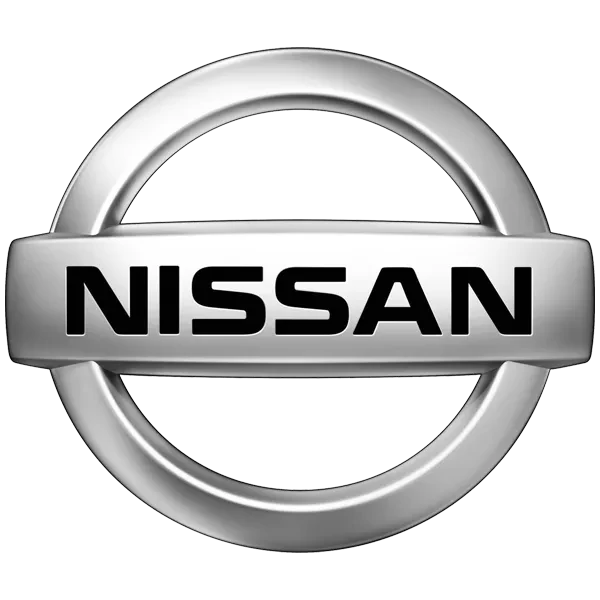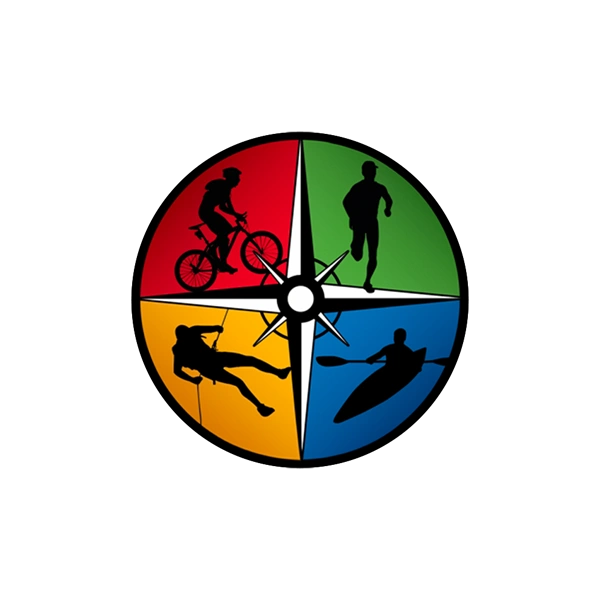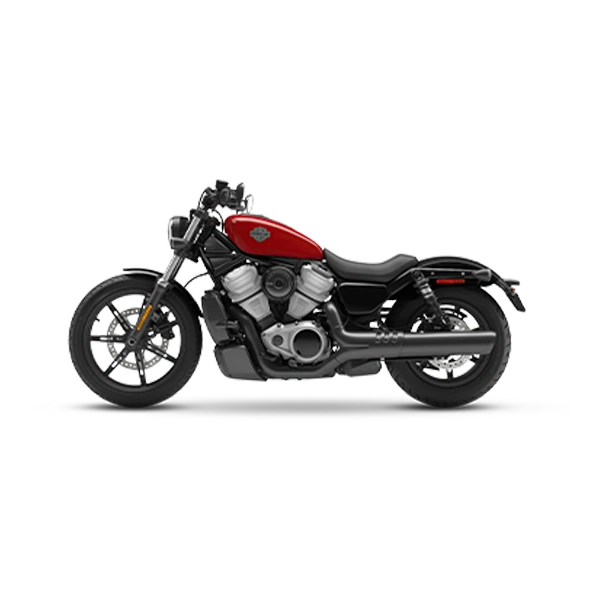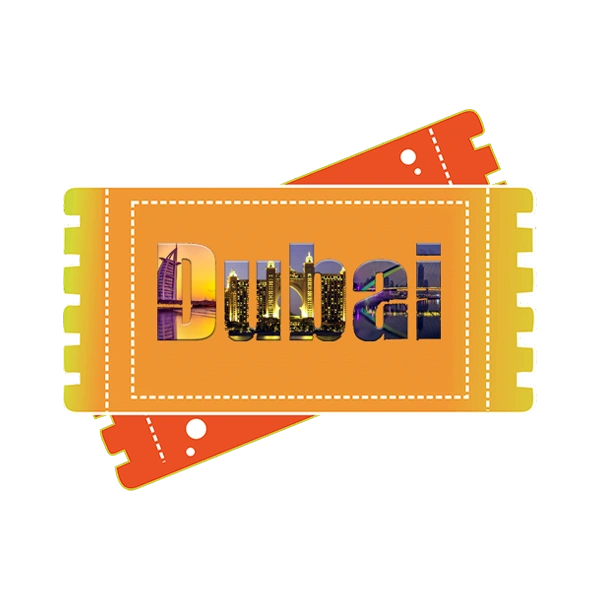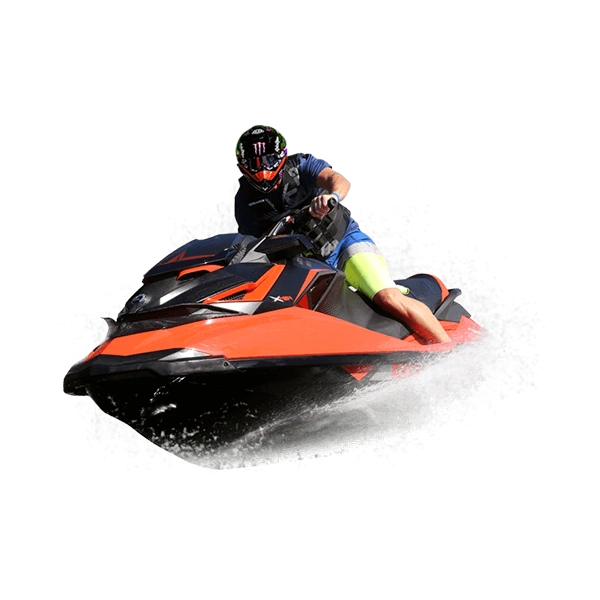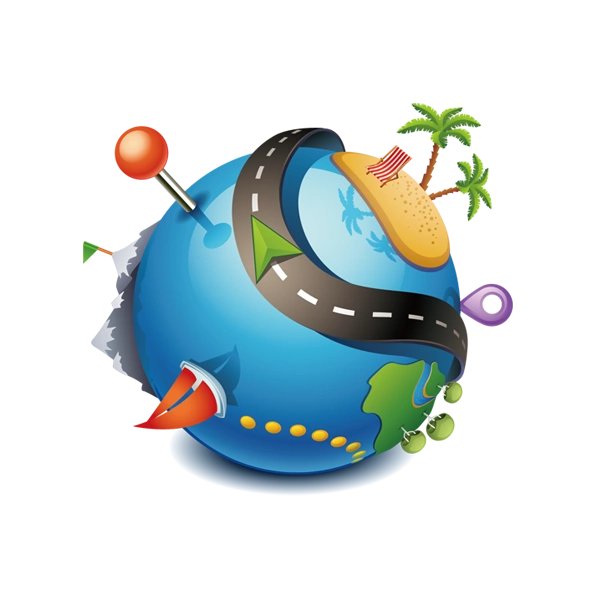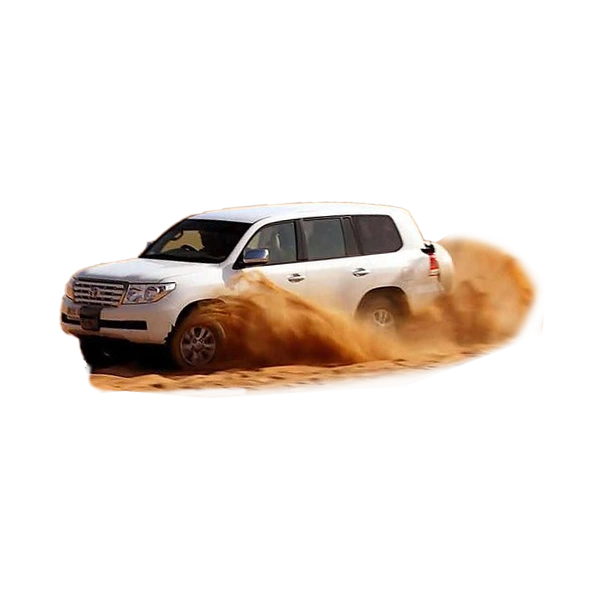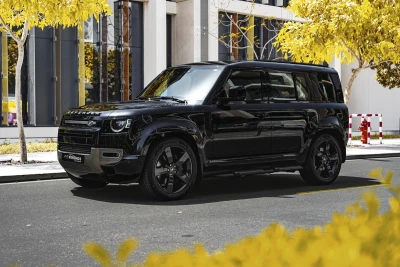Guide to Using Cruise Control and Safety Tips

Looking for a way to make your Dubai highway driving seamless, while saving gas? Look no further than cruise control—a secret weapon to easier Emirates expressway navigation. But how do you use it while on the road? This article serves as a step-by-step guide to using cruise control in a car, elaborating on its working mechanism, safety tips, challenges, not-to-use scenarios, and troubleshooting some common issues. Whether you’re renting a car in Dubai or driving your own, learn to make your Dubai driving a fatigue-free experience. Let’s understand how it works, first.
How Cruise Control Works
Cruise control in modern-day cars is a standard feature that lets you maintain a steady speed while driving without constant pedal inputs. It was first seen in a Wilson-Pilcher car in the 1900s, but the invention of the modern cruise control system credited to Ralph Teetor (1948). It was introduced as autopilot, a luxury feature by Chrysler a decade later (1958). At present, this has become a must-have feature in cars. But how does it work?
Standard cruise control works by regulating the throttle to keep your set speed, using an electronic system connected to the car’s engine. It’s the basic working principle. You will find an activation button on the stalk of the steering wheel. Activate it, set your desired speed limit, and the system takes over until you brake or turn it off. It’s straightforward but requires a constant driver’s attention, as it doesn’t typically adjust for traffic or road conditions.
However, in the latest models, like Tesla Model Y and Toyota Corolla, the use of AI-assisted radars and sensors has turned them into adaptive cruise control (ACC). It slows down or speeds up your vehicle, maintaining a safe distance with the help of stop-and-go functionality for traffic jams. Furthermore, the lane-keeping integration adds more seamlessness to ACC for smoother drives. Cruise control turns vehicles into a semi-autonomous tool. Yet the driver’s attention is paramount.
Understand your car’s system—standard or adaptive—ensure its effective use. Check your manual for specifics—turn your highway drives into a stress-free cruising experience.
Step-by-Step Guide to Using Cruise Control
Knowing how cruise control in your car works, you should learn to use it effectively on the Emirati roads. Here’s a step-by-step guide to using a cruise control while driving:
How to use cruise control in a car:
Accelerate to a desired speed limit (under posted limit, say 60 mph (~95 km/h) on Dubai-Al Ain Road).
Initiate the cruise control with a button/switch (often labeled with a cruise control icon, like a speedometer with an arrow)⏲.
Set the limit, using the “Set” button while maintaining your desired speed. Release the accelerator pedal; the car should now maintain the set speed without your input.
Increase or decrease the cruising speed with “+” or “-” button. Brief clicks will increase/decrease speed: 1-5 mph while longer pushes make larger changes. The dashboard shows the new speed set.
Deactivate cruise control using the brake or clutch. Applying the brakes, you will instantly take over the control of your car.
Once you think you can again let the cruise control take over, you can simply use the “Resume” button to return to your previous settings. Make sure you accelerate to that speed and press the button.
These are the basics of using a cruise control or adaptive cruise control in your car. It is important to remember that different car brands and models will have varied cruise control settings and button placements. A Toyota Corolla’s adaptive cruise control settings differ from Mercedes-Benz S-Class’s Distronic Plus with Steering Assist.
Make sure you study and understand the specifics of your vehicle’s cruise control buttons and their functionalities well. Your car’s manual is the best way to master them. Alternatively, YT videos can be exceptionally helpful for model-specific learning.
Top 7 Tips for Safe and Effective Cruise Control Use
Cruise control or adaptive cruise control (ACC) is a remarkable feature in modern cars, automating and simplifying driving experiences. However, you cannot fully rely on them while on the highways, where fatalities can occur in instances, with minute mistakes. Here are some expert tips for safe and effective use of cruise control while on Emirates highways.
To reiterate, understand the working of the car’s cruise control system well before you implement it on highways. You can test the controls in a safe area before long trips. It’s mandatory if you’re driving someone else’s vehicle, as different cars/models have varied functionalities, despite similar basics.
Always and only use a standard cruise control feature on long, open, and straight roads with consistent traffic flow. This feature doesn’t fit the hilly roads with sharp curves. Manual handling is a must in such areas.
While standard cruise control isn’t ideal for heavy traffic or city roads, you can take advantage of adaptive cruise control (ACC) if your vehicle has it. The stop-and-go feature can handle urban traffic with ease. Yet, you should be cautious, alert, and proactive to react to sudden changes in the environment.
Never use cruise control during adverse weather conditions, like fog, sandstorms, rain, especially when there is less traction between the road and the wheels. There is a chance that you lose control of your vehicle, as brakes might not work as planned when the vehicle is already skidding.
Even with ACC, you should always maintain a safe following distance. Maintaining a safe distance typically requires manual control, as you don’t have control over other vehicles’ speed. Be alert to react to their speed changes or sudden brakes and avoid collisions, especially on highways like the Sheikh Zayed Road (E11).
Always set a speed limit that is legal on Emirates highways. Most highways have speed limit changes. Learn about the limits on your route before your trip. Overspeeding will incur traffic fines and may lead to accidents.
Know how to disengage the cruise control according to the driving environment. You cannot expect everything to go as planned and smoothly. Practice disengagements with virtual/imaginary scenarios so that your instinct can kick in during unfortunate events. Staying calm and reacting quickly can save you from collisions, vehicle damage, and even fatalities.
Do not be complacent and fully leave your vehicle control to cruise control, regardless of how advanced the cruise control system is. You are the driver, you should have command over your vehicle at all times. Cruise control is just an assistance feature to make your driving fatigue-free on long drives on flat highways.
Benefits and Drawbacks of Cruise Control
Cruise control is a tool of massive importance, especially for those who drive daily on highways, like Emirates Road (E611), Al Ain-Dubai Road (E66), Sheikh Mohammed Bin Zayed Road (E311), and Al Khail Road (E44). However, this great invention also comes with certain drawbacks. Let’s take a quick look at its pros and cons.
Cruise Control Benefits
Improved Fuel Efficiency: Cruise control helps save 7-14% on fuel on flat, stretched roads, per Nationwide. Without frequent acceleration and deceleration, there is definite fuel optimization.
Reduced Driver Fatigue: Less pedal engagement and gear shifts (on manual cars) mean reduced leg sprain, leading to a fatigue-free driving experience, even on long drives.
Aids in Speed Limit Adherence: Once set to the legal speed limit, you can maintain that speed consistently, helping you stay within limits. Remember to adjust your set speed for any changes in the posted limit. You drive within the limit while seamlessly cruising towards your destination.
Promotes Smoother Driving: The use of cruise control on the highways aids in smoother acceleration/deceleration of your vehicle. It will definitely help to maintain a smoother traffic flow.
Enhanced Comfort: Less engagement while driving means enhancing comfort and convenience while on the road. With proactive scanning, driving becomes seamless and stress-free.
Drawbacks of Cruise Control
Inappropriate for Certain Driving Conditions: Standard cruise control is not suitable for specific weather conditions, like heavy rain, sandstorms, fog, and ice/snow.
Complacency/Reduced Alertness: Drivers can become overdependent on this semi-autonomous system (ACC), which can lead to potential accidents due to reduced alertness.
Ineffective on hills: Cruise control on hilly roads is not an ideal option. It leads to reduced fuel efficiency and doesn’t match the winding curves on such roads.
No Reaction to Sudden Road Changes: Even ACC may not be able to react to sudden brakes or incidents like animals on the road while at cruising speed. It can lead to accidents unless the driver is proactive.
When Not to Use Cruise Control
As we already know the limitations of the cruise control feature of a vehicle, let’s briefly review when not to use cruise control.
In heavy or stop-and-go traffic.
On winding, hilly, or curvy roads.
During adverse weather conditions: heavy rain, fog, and sandstorms.
On slippery road surfaces.
When feeling drowsy or fatigued.
In construction zones.
When driving through pedestrian areas or school zones.
Approaching roundabouts or intersections.
If you are driving a manual transmission car and need to shift gears frequently.
Troubleshooting Common Cruise Control Issues
Even with the latest and most enhanced technologies, you might sometimes run into problems with your cruise control system. It can glitch or show unexpected behavior. Don’t worry in such situations, just follow these common troubleshooting steps to fix your cruise control issues.
Cruise Control Won't Activate:
Ensure your speed is above the minimum activation threshold (e.g., typically 40 km/h or 25 mph).
Confirm the main cruise control switch/button is "On."
Be sure your foot is completely off the brake and clutch pedals.
Consult your car's manual for fuse locations; a faulty brake light switch can also prevent activation
Note: Requires mechanic if self-check fails
Speed Fluctuation:
Note that minor fluctuations are normal on hills or very uneven terrain.
Verify tires are inflated to the recommended pressure.
Note: If severe, it may indicate issues with speed sensors, engine, or transmission, requiring a mechanic.
Cruise Control Deactivates Unexpectedly:
Ensure no light pressure on the brake or clutch pedals.
Understand that significant bumps or rough patches can disengage it as a safety feature.
Clean radar/camera sensors (typically located in the grille or windshield).
Note: Persistent unexpected deactivation suggests a sensor malfunction (e.g., wheel speed, brake pedal) or electrical issue; seek professional diagnosis.
Adaptive Cruise Control (ACC) Not Maintaining Distance:
Thoroughly clean any radar or camera sensors (front grille, windshield area).
Be aware that heavy rain, fog, or direct glare can temporarily affect sensor performance.
Review your ACC following distance settings; increase if needed.
Note: Recognize ACC is an assist system and may not react instantly to all sudden traffic changes.
Conclusion
Whether standard or adaptive cruise control, it is an exceptional invention that allows you to drive seamlessly, fatigue-free, on the Emirates highways. They have the potential to transform your long-distance drives from Dubai to Abu Dhabi into more comfortable and fuel-efficient journeys. However, you must always remember they are simply driving assistance tools—never be complacent—always have command over your vehicle. Stay proactive, drive safely, and make use of the cruise control feature by understanding how its system works, adhering to safe usage guidelines, and knowing when to disengage. Master this technology, and you'll find your Dubai highway travels become remarkably less fatiguing and more enjoyable.
Written by: FriendsCarRental
Published at: Sun, Jun 1, 2025 11:51 AM
Leave a Reply
Your email address will not be published. Required fields are marked *
Car Rental in Dubai
AED 2500
DAY
AED 0
MONTH
-
 SUV
SUV -
 4 Doors
4 Doors -
 5 Seats
5 Seats
- 1 Day Rental Available
- Deposit: Not Required
- Insurance Included
AED 5500
DAY
AED 0
MONTH
-
 Sports
Sports -
 2 Doors
2 Doors -
 2 Seats
2 Seats
- 1 Day Rental Available
- Deposit: Not Required
- Insurance Included
AED 1200
DAY
AED 0
MONTH
-
 SUV
SUV -
 4 Doors
4 Doors -
 5 Seats
5 Seats
- 1 Day Rental Available
- Deposit: Not Required
- Insurance Included
AED 1600
DAY
AED 35000
MONTH
-
 SUV
SUV -
 4 Doors
4 Doors -
 5 Seats
5 Seats
- 1 Day Rental Available
- Deposit: Not Required
- Insurance Included
AED 1500
DAY
AED 28500
MONTH
-
 SUV
SUV -
 4 Doors
4 Doors -
 5 Seats
5 Seats
- 1 Day Rental Available
- Deposit: Not Required
- Insurance Included

 عربي
عربي
 English
English
 Français
Français
 Русский
Русский
 中国人
中国人
 Nederlands
Nederlands
 Española
Española
 Türkçe
Türkçe
 Italiana
Italiana
